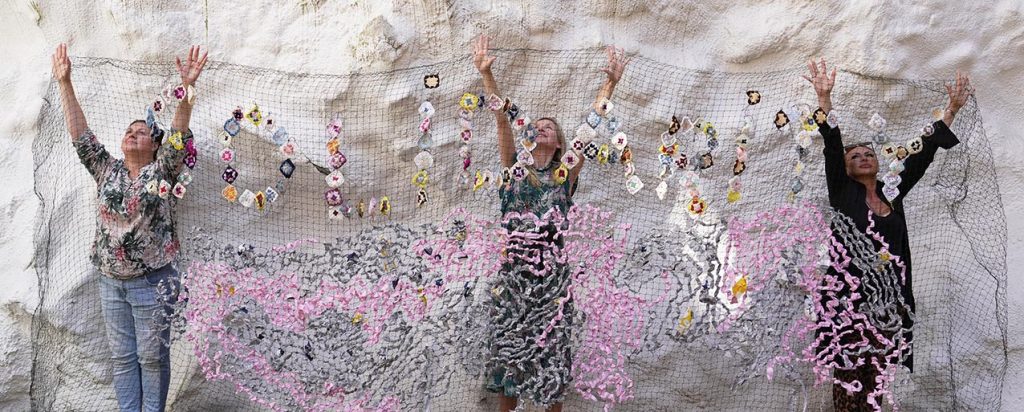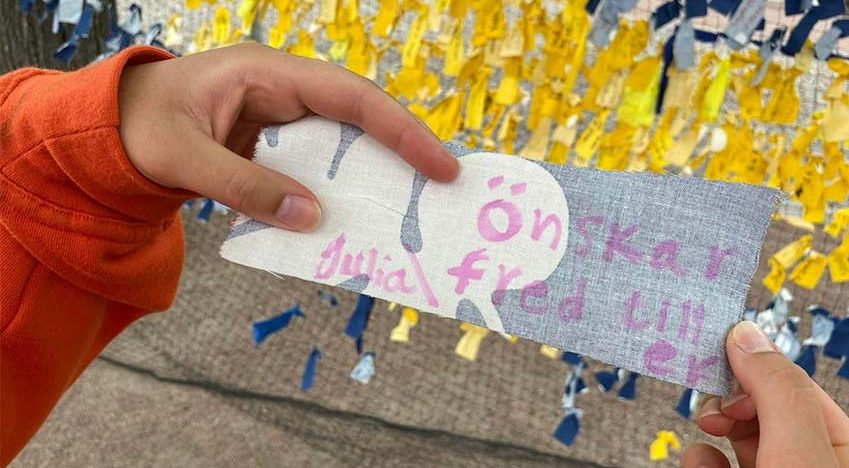Weaving for Healing: Crafting Patterns for Wellbeing and Global Resilience through Ukrainian Camo Style
Ludmila Christeseva is currently exploring opportunities to connect with researchers worldwide. Her objective is to share the outcomes of collective weaving projects initiated since the onset of the war in Ukraine. These projects serve as echoes of the profound human experiences during times of war and uncertainty. Ludmila hopes that by sharing these insights, she can contribute to a broader understanding of the collective journey toward healing and resilience, showcasing the transformative power embedded in the art of weaving.
Weaving transcends its tangible creations, evolving into a profound therapeutic journey, particularly when interwoven with the emotional landscapes of those seeking solace in its rhythmic patterns. Ludmila recounts her observations of individuals deeply immersed in the act of weaving, propelled by the profound purpose of safeguarding the lives of their husbands, brothers, and sons. Hesitant to look into their eyes, Ludmila sensed pain, sorrow, and unshed tears within their gaze. Recognizing the delicacy of their emotional wounds, she refrained from probing into their memories of war and the families left behind in Ukraine.

This poignant realization propelled Ludmila to learn the art of weaving herself. Understanding that supporting Ukrainian refugees through the realms of pain, sorrow, and trauma required more than words alone, she embraced weaving as her chosen language. It became a medium to connect with the hundreds of hands engaged in this therapeutic act, transforming their collective efforts into a melody of hope and solace.
Through the act of weaving, Ludmila discovered a means to support Ukrainian refugees and instill faith in her own children, whose familial roots spanned the divide of the conflict. The rhythm of the loom became a symbol of resilience, affirming that goodness could triumph over evil and that the war would eventually cease. Weaving, in its essence, became a vessel to restore hope, filling dark times with purposeful work, charging minds with positivity, and fostering new connections. Ludmila and her weaving community evolved into a family, and the act of weaving reflected their unity and strength in handicraft.
Despite the passage of time, women and children continue to gather every Saturday, irrespective of weather challenges. Their hands may freeze, but they warm them with shared breath and persevere in weaving. Ludmila highlights the enduring commitment of one participant who has been crafting camouflage nets since 2014. Today, at 20 years old, she prompts reflection on the passage of time and the persistent uncertainty of their future.
How much more does she have to weave?
What lies ahead for her and the future of their children? These questions linger, underscoring the complexity of their experiences and the ongoing journey towards healing and resilience.




